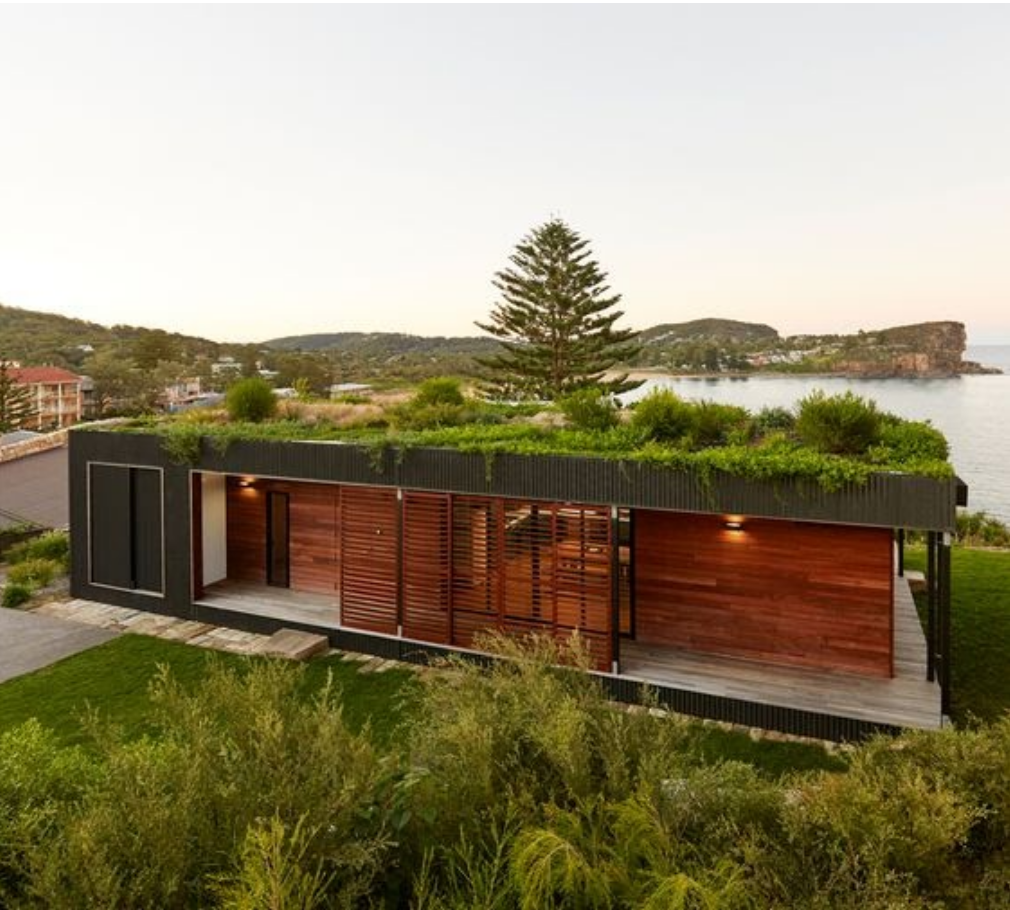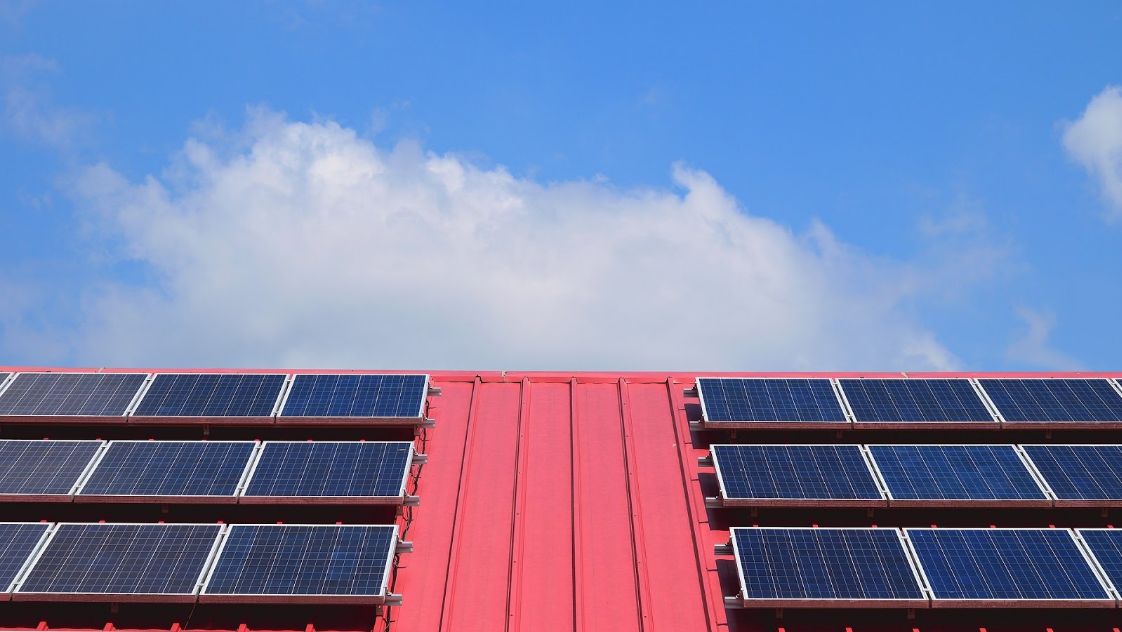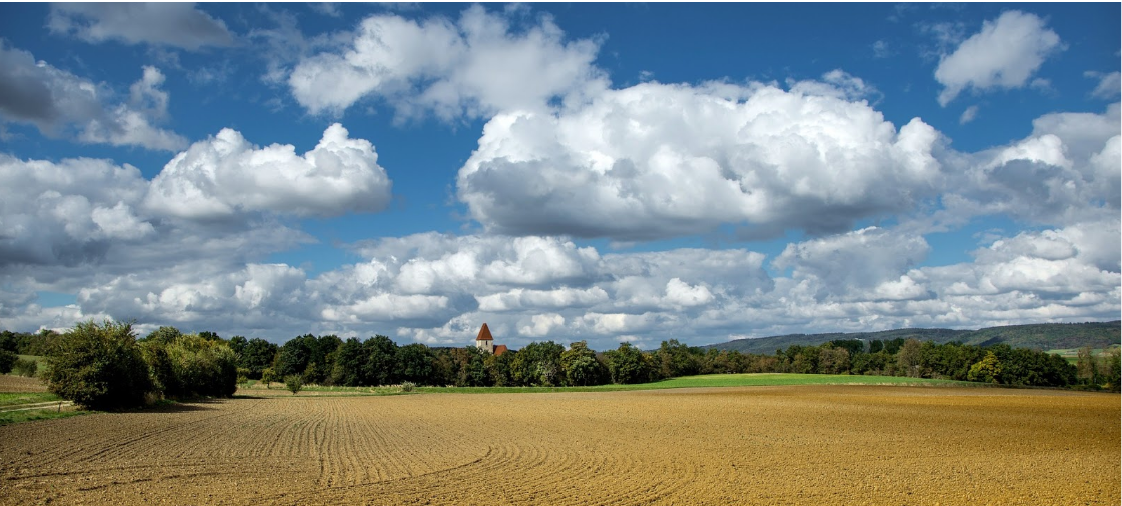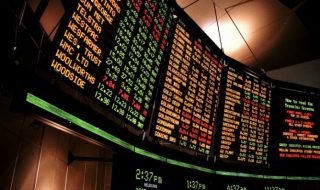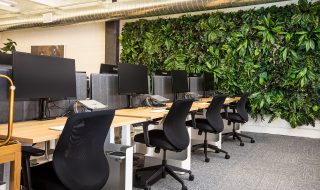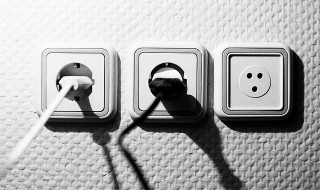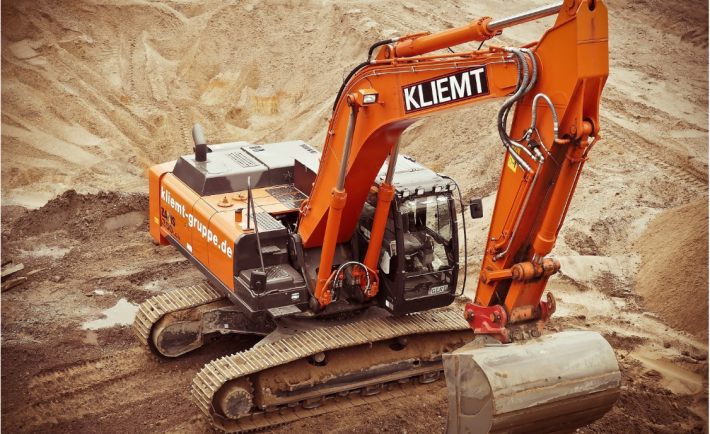
At some point, most people get the chance to construct their dream houses in the best way they know how. For those that haven’t reached that point yet may have a rough idea of how they want those houses to look like. However, the world is on the verge of a climate crisis, and everything is being done to cut down on the carbon footprint, and this includes construction practices. In order to reduce pollution, the following are some of the best sustainable building practices that people should start adopting right now.
Synthetic Roofs
The roof is the only part of the house that doesn’t require heavy materials, and for this reason, they are the ideal parts of construction that can make use of recycled materials to the fullest without compromising the integrity of the house. Recycled plastic can be compressed into solid sheets, which can then be used as roofing materials, granting the house owner the advantage of repelling water from the rain while at the same time exerting very little pressure on the rest of the house. The use of synthetic roofs is a practice that is quickly gaining pace and is much cheaper because there’s much plastic in the world with no solution for getting rid of them fast enough.
Green Roofs
This is where you turn your roof into a garden rather than setting up a regular rooftop. For this to work, you have to construct a flat rooftop out of concrete with an entrance and fill the entire space with all forms of gardens; from potted plants to hanging gardens and any other style that you could think of.
This type of green construction helps you achieve several benefits; You get to have your own garden where you can grow your own food, you also purify the air around the house, and you provide a habitat for all kinds of small animals. A green roof may look insignificant, but if everyone adopted the practice, then pollution would be reduced significantly.
Green Energy
Once the construction of the house is done, you will still need to set up the necessary equipment like heaters, air conditioners, kitchen appliances, among many others. A greenhouse should also make use of green energy solutions. This means that you have to also install solar panels or make use of wind energy for your electrical needs. If you have to use gas, then ensure that the accompanying equipment is safe for the environment and the people living in the house. To get a better idea of what you need to buy and how to install the best industrial-grade valves for your green home properly, check out xhval.com.
3D Prefabs
Imagine constructing your house using materials that have been printed by a 3D machine. Although 3D printing technology is still under development, plans to implement it in the daily lives of human beings are well underway in most parts of the world. Once it becomes economically viable to print house materials, then people can stop going after the environment to source building materials like sand and wood. This would ensure that more trees grow and the water channels remain untouched, which will be good for the ecosystems. Another advantage of using 3D printed prefab houses is that the construction cost will go down; all people would need to do is buy them as a package and set up the house in any part of the country that they want within days.
Using Less Land
Humans are fast approaching the 8 billion mark within the next five years, and this is adding more pressure on the available resources to support them all. One of the many ways that it is becoming increasingly hard to stop the destruction of the environment is the fact that people love using huge tracts of land to construct their houses when they can all decide to use one section for construction and leave the rest to nature. The prestige that comes with owning huge tracts of land is hindering the efforts to preserve the environment, and the only way to remedy this would be to encourage communal land ownership where everyone gets an equal portion of the land to build houses that are enough for them, leaving enough land for nature to reclaim.
Lean Construction
Lean construction is the process where solid plans are first laid out, and the model of the house is first designed using computer software to give the people involved an accurate idea of the exact amount of every construction material that will be needed. This ensures that nothing is bright in excess to avoid having wastage once the construction begins. Lean construction also helps the house owner save money to redirect to other future projects like creating a greenhouse or a garden around the house. Before starting construction, it would save you a lot of trouble if you could get in touch with people who can make this happen for you.
Conclusion
The planet is fast approaching an environmental crisis, and despite efforts by different governments and global organizations to slow that down, the pace of damage is far greater, and this is complicating matters. There are a lot of treaties signed to help save what’s left, but without proper mechanisms to enforce these treaties, there will be people who continue to destroy the environment for their profit. You can play your small role by embracing eco-friendly construction practices next time you choose to build a house.

